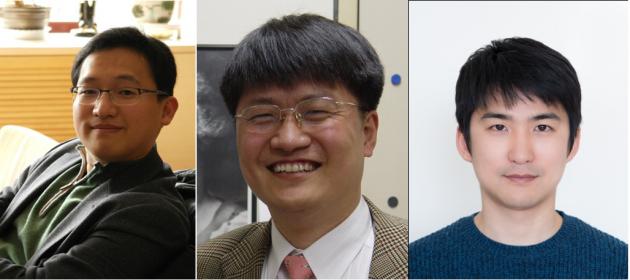One might have thought the question about the boundaries between states of consciousness and unconsciousness and how to quantify its different levels.
A 2007 domestic film “Return” starring Kim Myung-min and American thriller “Awake” starring Hayden Christensen and Jessica Alba did just that; highlighting their state of consciousness during surgeries.
Imagine the body paralyzed, but the brain is awake and unable to appeal to others while feeling the splitting of their stomach, removal of their organs with a scalpel and being sewed up again. "Intraoperative awareness" is a medical term for an anesthesia-free state of consciousness during surgery.
The answer to this long-standing question is physics. Techniques have been developed to accurately distinguish the boundary and depth of consciousness and unconsciousness between anesthesia and awakening. There is also a way to prevent medical accidents caused by anesthesia, such as intraoperative awareness, as well as a step closer to the mystery of the brain.
Pohang University of Science and Technology’s (POSTECH)포항공대 Professors Kim Seung-hwan김승환 and Jung Woo-sung정우성 have quantified the neuroscience mechanism of loss and recovery of consciousness during anesthesia by analyzing the interaction of multichannel EEG, in joint research with Professor No Gyu-jeong노규정 of Asan Medical Center서울아산병원.
By analyzing the temporal changes of the various rhythms of electroencephalography (EEG) in patients with general anesthesia, it was possible to quantify the depth and level of consciousness in the process of recovery from anesthesia, making it possible to monitor and respond more accurately.
The researchers conducted an anesthetic-based clinical trial on 96 patients and found that the patient's EEG decreased markedly with the entropy indicator after anesthesia. It also revealed that entropy indices and consciousness levels are closely correlated in other dosing experiments.

"We introduced the concept of entropy in physics to measure the diversity of phase change between EEG channels quantitatively," said Professor Lee Hun-su이헌수 of Postech, currently serving at the University of Michigan. “The connection from the conventional methodology of brain research to anesthesia depth shows that the consciousness disappears after anesthesia more accurately than the first known indicator."
"From basic research to application development and clinical development, we opened a new medical market with domestic equipment based on our technology," Professor Kim said. "We will continue to challenge the mysteries of the brain through subsequent research."

